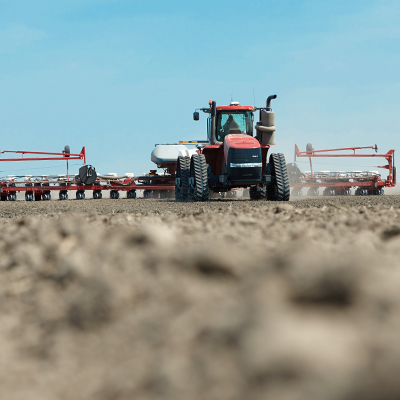Precision Outtakes
When Lisa Heacox, a frequent contributor to CropLife® magazine and author of this issue’s State of Precision report, emailed us that the overarching topic of discussion was focused on data, it didn’t come as a surprise.
Improving data management/compatibility has been a running theme for some time, but the drumbeat is getting louder. With improving wireless communication and better, more functional field computing power available, the lack of compatibility is shifting from an annoyance to “the most significant hindrance to precision technology adoption in agriculture.”
The cover story contains not only anecdotes but also data from an electronic survey we conducted to compare against what our experts were telling us. We included all that print would allow to fit, but there were a few pieces of data from the survey we couldn’t squeeze in, which I’ll excerpt here.
One of the things we wanted to get our hands around is, just how much data is floating around out there? So we asked respondents to estimate what percentage of the acreage they service currently has electronically recorded data available.
More than a third of the respondents said that they have acreage data on hand for more than half the ground they service. And three-fourths of respondents have electronic data on at least 25% of their acreage.
We also wanted to get a sense for the character of the data — what kinds of data are retailers collecting on fields, and how much of each do they have on hand?
The clear leader among categories of data was “soil test results,” for which nearly half of retailers have the majority of the acres they service under a soil testing regimen that includes electronic data storage. Another 25% have this data for “about half the acres” they serve.
In second place is application data, with just over a third of respondents saying they have electronic records for the majority of served acres.
Next in line is georeferenced yield data. Nearly 30% of retailers have electronic, GPS yield data on hand, with about the same amount indicating they have this data on about half the acres.
One somewhat surprising statistic from the same question was aerial/satellite imagery, for which more than a quarter of respondents said they have the majority of the acres they service stored as electronic data.
Finally, we asked what GPS correction signals retailers are using, with the opportunity to provide multiple answers. More than 60% are using higher accuracy GPS signals, including some form of real-time kinematic (RTK) technology or an enhanced satellite signal such as OmniSTAR HP and XP.
In reviewing all the information we collected for this issue, I think it’s clear that better data compatibility is the big challenge that, if we can find solutions, will open up the floodgates to technology adoption.
One more thing … next month, the International Conference on Precision Agriculture comes to Indianapolis, returning to the Midwest for the first time in almost a decade. With everything going on in agriculture and ag technology, this should be a fascinating event. We hope to see you there!






